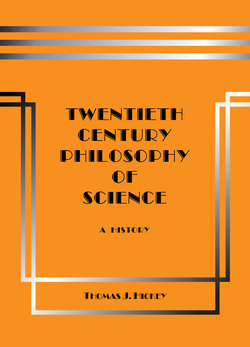Читать книгу Twentieth-Century Philosophy of Science: A History (Third Edition) - Thomas J. Hickey - Страница 43
На сайте Литреса книга снята с продажи.
3.12 Positivist Semantics
ОглавлениеAccording to the positivist philosophy the ostensively acquired meanings of descriptive terms used for reporting observations are primitive, simple and fully determined by perception. These meanings were variously called “sensations”, “sense impressions”, “sense perceptions”, “sense data” or “phenomena” by different positivists. For these often called “phenomenalists” the sense perceptions are the object of knowledge rather than constituting knowledge thus making many versions of positivism solipsistic.
In the case of a term such as “black” the child’s ostensive acquisition of meaning might involve the child pointing his finger at a present instance of perceived blackness in some black object we call a “raven” bird. And then upon hearing the word “black” in repeated presentations of several other black objects, he associates the word “black” with his various experienced perceptions of the color black. Furthermore from the several early experiences expressible as “That raven is black” the young learner may eventually infer intuitively by natural inductive generalization that “Every raven is black.” However, solipsistic phenomenalism makes sharing such experiences philosophically problematic.
There are three characteristic theses in positivist semantics. They are:
- Meaning invariance.
- Analytic-synthetic dichotomy.
- Observation-theory dichotomy.
